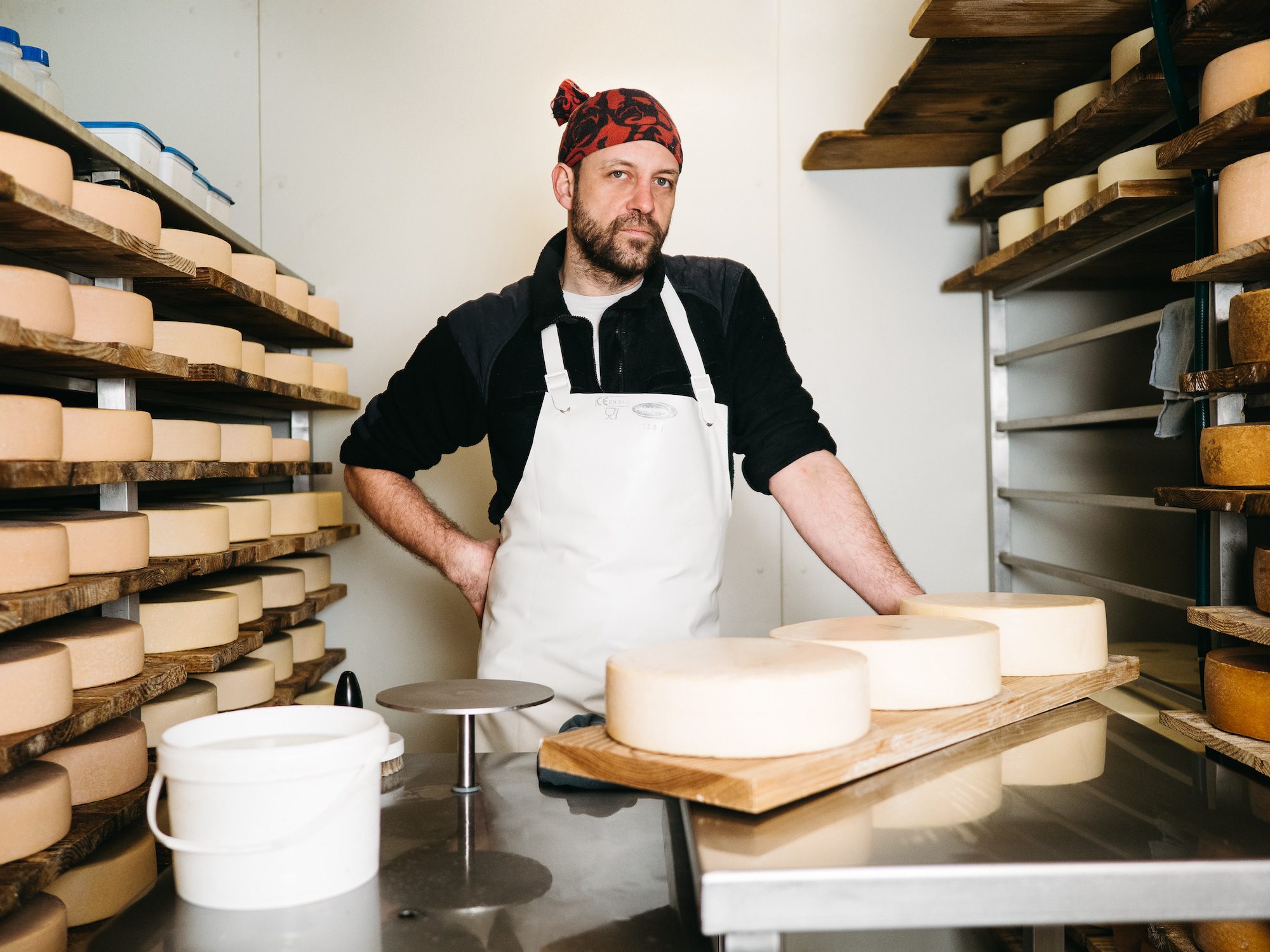From Thomastown to Your Table: The Excellence of Floridia Cheese Melbourne
From Thomastown to Your Table: The Excellence of Floridia Cheese Melbourne
Blog Article
Unlocking the Keys of Artisanal Cheese Making: A Step-by-Step DIY Overview
In the realm of cooking craftsmanship, artisanal cheese making stands as a testament to the delicate equilibrium between practice and innovation. Each action in the procedure, from selecting the ideal milk to perfecting aging methods, holds within it a wide range of knowledge gave through generations. As we start this trip to debunk the art of creating splendid cheeses, we are confronted with a tapestry of abilities and keys waiting to be unwinded. Join us as we discover the ins and outs of this old craft, where patience, art, and science assemble to create tastes that entice the detects.
Choosing the Right Milk
When embarking on the trip of artisanal cheese making, the selection of milk plays a crucial duty in identifying the quality and features of the final product. The type of milk picked affects the taste, structure, and overall account of the cheese.
In addition, the source of the milk, whether from cows, goats, lamb, or buffalo, adds distinctive tastes and qualities to the cheese. Each type of milk brings its very own subtleties, allowing for a large array of cheese varieties to be crafted based on the picked milk.
Culturing and Coagulating
To initiate the cheese-making process, the vital actions of culturing and coagulating must be thoroughly carried out to change milk right into curds and whey. Culturing entails presenting advantageous germs to the milk, which then starts the fermentation procedure. These germs transform lactose (milk sugar) right into lactic acid, producing the acidic setting necessary for coagulation. The type of culture used can considerably impact the flavor, texture, and ripening of the final cheese product.

The timing and temperature level control during culturing and coagulation are critical variables that influence the final end result of the cheese. Proper implementation of these actions is necessary to guarantee the desired structure, flavor, and consistency of the artisanal cheese being created.
Draining and Pushing Curds
After the milk proteins have coagulated and the curds have actually been cut to launch whey, the next crucial action in artisanal cheese making involves draining pipes and pressing the curds to accomplish the preferred structure and consistency of the last cheese product. Draining is the procedure of separating the curds from the whey. This can be done by moving the curds into a cheesecloth-lined bowl-shaped sieve or mold and allowing the whey to drain pipes off naturally. The time for draining pipes can vary relying on the kind of cheese being made and the preferred moisture material.
Pushing helps get rid of any type of staying whey and compacts the curds to create a strong cheese wheel. Correct draining and pushing are important steps that substantially affect the high quality and attributes of the artisanal cheese being created.
Aging and Flavoring Methods
Executing careful aging and flavoring techniques is critical in boosting the depth and complexity of artisanal cheeses, boosting their preference accounts to splendid levels of improvement and elegance. Aging plays a vital function in establishing the distinct tastes and appearances that differentiate artisanal cheeses. During the aging procedure, cheeses are stored in carefully regulated atmospheres where elements such as humidity, temperature, and air movement are controlled to encourage the development of useful molds and microorganisms. This controlled atmosphere enables the cheese to develop slowly, creating rich tastes and complicated fragrances.
Flavoring strategies additionally add significantly to the final preference of artisanal cheeses. Cheesemakers might choose to introduce added flavors by integrating active ingredients such as herbs, flavors, or perhaps fruits into the cheese during the manufacturing procedure. In addition, some cheeses are cleaned or rubbed with various liquids, such as brine or alcohol, to enhance their directory flavors and appearances.
Wrapping and Keeping Cheeses

Final Thought
Finally, understanding the art of artisanal cheese making involves meticulously choosing the appropriate milk, complying with specific culturing and coagulating processes, draining pipes and pressing curds successfully, and utilizing different aging and flavor techniques. By adhering to these steps carefully and with focus to detail, you can produce your very own delicious and special cheeses at home. Keep in mind to cover and store your cheeses correctly to make certain optimal flavor and appearance development. Pleased cheese making!
Each kind of milk brings its very own subtleties, allowing for a broad variety of cheese ranges to be crafted based on the selected milk.After the milk healthy proteins have actually coagulated and the curds have actually been reduced click here to find out more to launch whey, the following important step in artisanal cheese making includes draining and pressing the curds to accomplish the preferred structure and consistency of the final cheese product. Most cheeses ought to be wrapped in wax paper or cheese paper to enable them to take a breath while securing them from drying out. For cheeses that require to continue aging, such as bloomy skins or washed rinds, guarantee they are saved in a trendy setting like a cheese cavern or a fridge established to the proper temperature level. By paying interest to the wrapping and storage space of artisanal cheeses, cheese manufacturers and lovers can protect the stability of these delicacies and totally enjoy their complex tastes.
Report this page